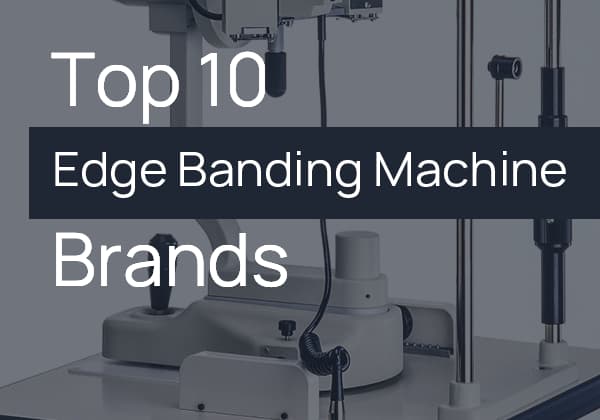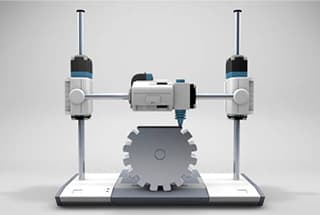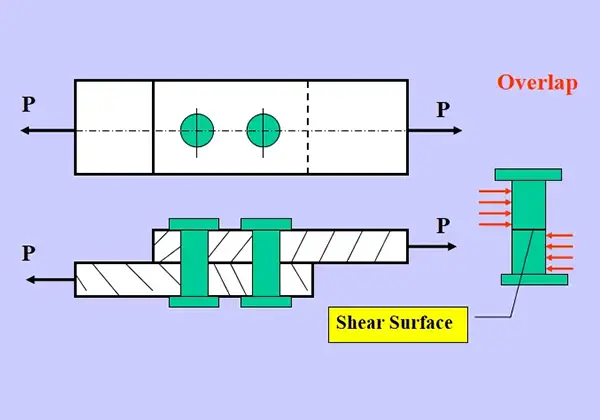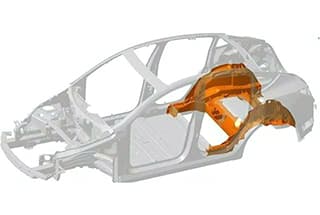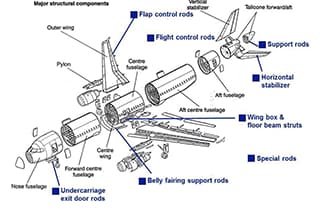
Imagine transforming your everyday plastic items into durable, high-strength components simply by embedding tiny copper nuts. This blog post explores the fascinating world of hot melt copper nuts, revealing their advantages, the precise processes involved, and their widespread applications in various industries. From improving assembly ease to ensuring strong, reusable threads, you’ll discover how these small yet powerful components can revolutionize product design and functionality. Dive in to understand how this technology can enhance your projects with minimal stress and maximum efficiency.
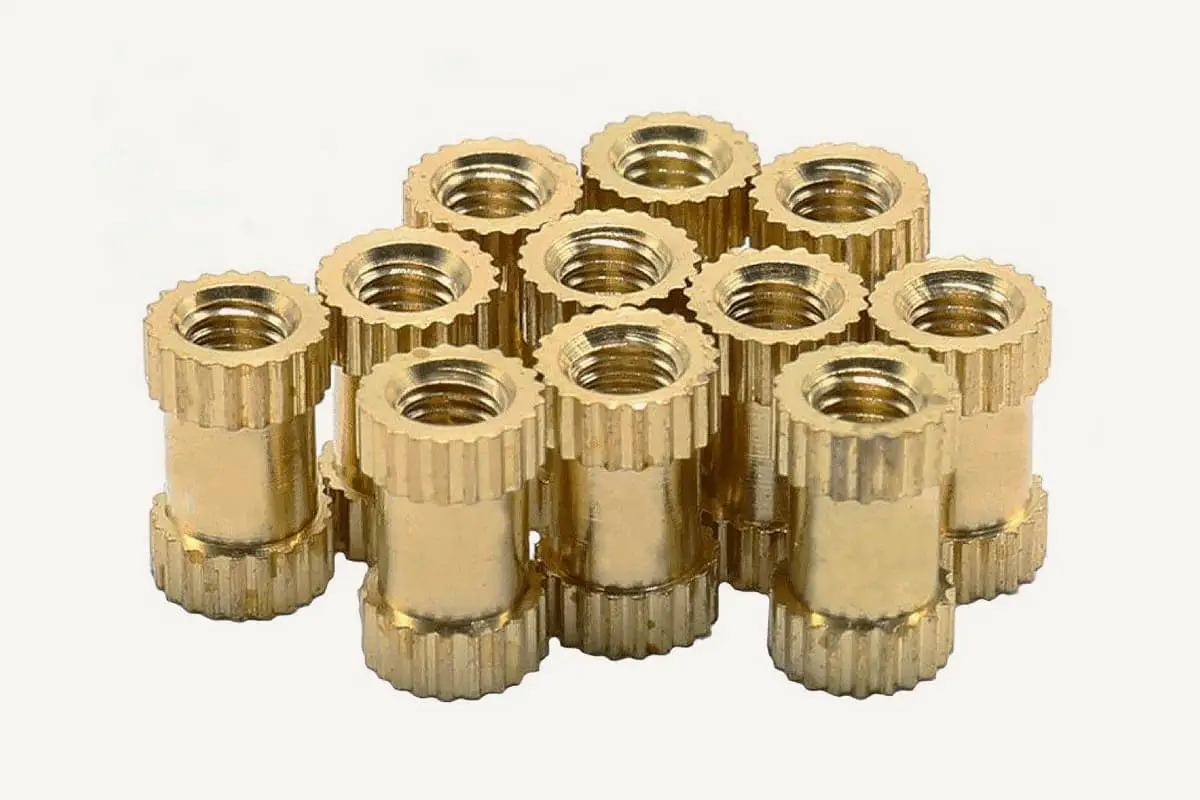
What is a hot melt copper nut? What are its advantages and applications?
Copper nuts can be embedded into plastic components through various methods such as mold pre-burial, hot pressing, ultrasonic insertion, and cold pressing. Among these, hot melt embedding is the most common and typical method, usually conducted using a hot melt machine or a manual soldering iron.

The process involves heating the copper nut to a specific temperature to soften the plastic, then pressing it in. This method generates minimal internal stress and provides excellent torsional and pull-out strength for the nut.

Utilizing the principle of electric heat melting, the hot melt nut machine accurately controls temperature changes, combined with mechanical devices, to achieve product welding. This is particularly suitable for products that are difficult to weld, irregularly shaped, or large. Applications include plastic welding, nut embedding, riveting, and more.
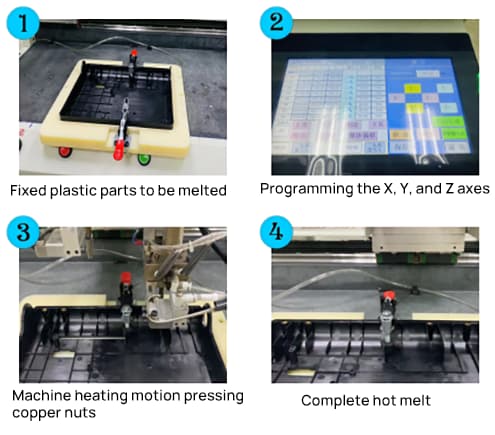


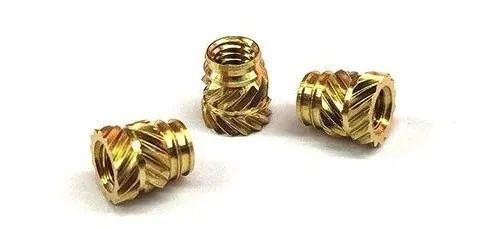
Advantages
Applications
Hot melt copper nuts are widely used in various industries, including electronics, hardware, plastics, lighting, toys, bathrooms, furniture, medical, sports equipment, and more. Examples include plastic casings for laptops, GPS devices, routers, mobile phones, wireless communication devices, home appliances, automotive parts, valves, electrical switches, and others.

